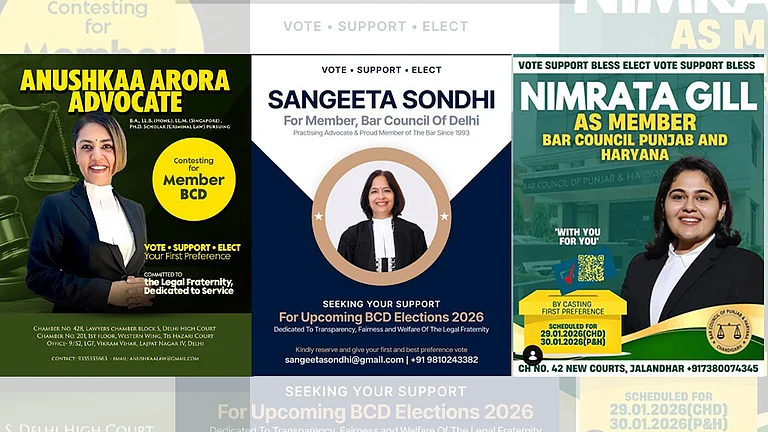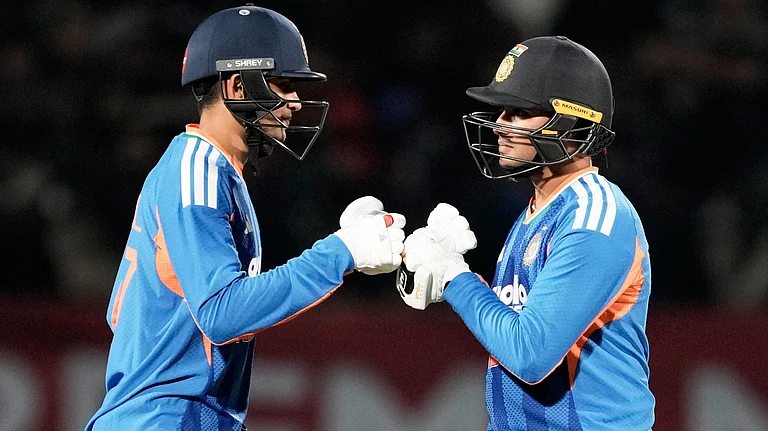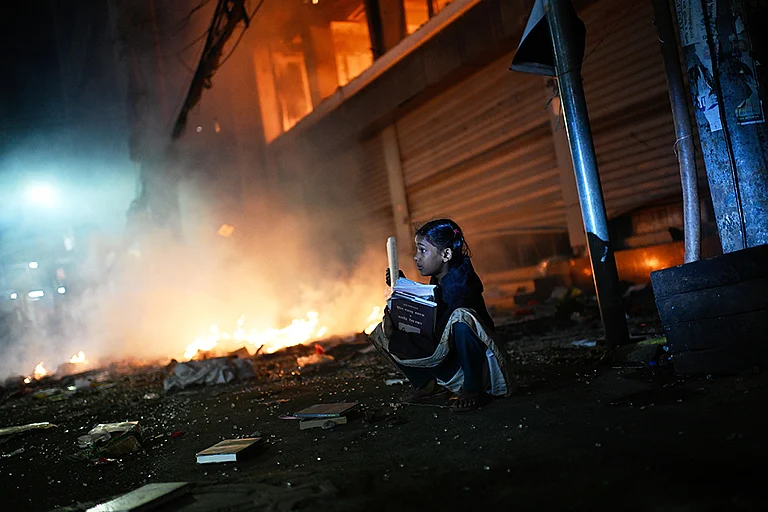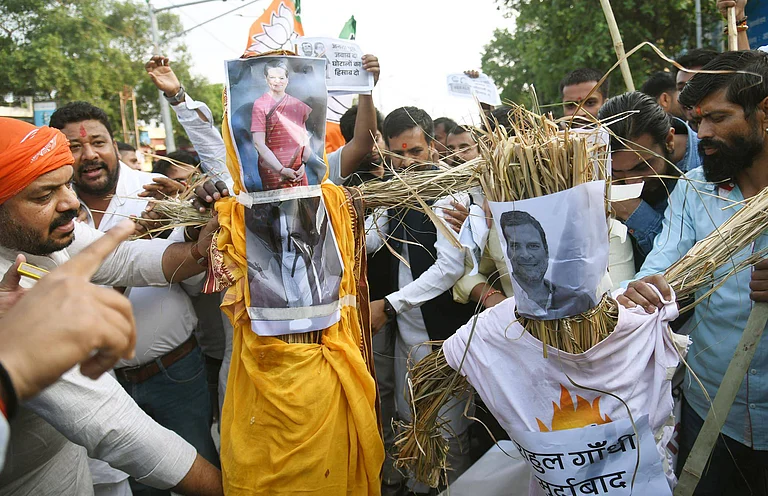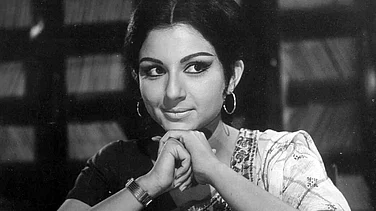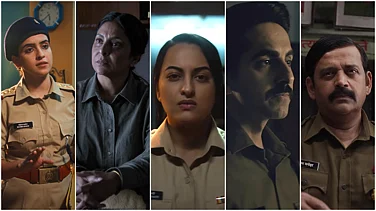From fans making a bee-line at the box-office every Friday to worship their silver-screen idols to DD’s Chitrahaar becoming the most anticipated event of the week; from welcoming the Salonis, Parvatis and Tulsis every weeknight to now consuming a wide gamut of content on the go on your own personal devices, Indian entertainment has come a long way! Some of us who’ve been around (long enough!) have had the privilege of seeing Indian entertainment grow from a beloved child to an adolescent teeming with ideas and now, a well-rounded, multi-faceted adult. Cinema has always been a mirror to society, and the advent of cable TV made it even starker, and frequently apparent. We saw on-screen characters evolving from being bound by societal shackles to breaking them. The weepy, widowed mother, for instance, became a relatable elder of relevance. Liberalization in the country opened up the Indian populace to a plethora of entertainment sources and content choices. Over the years, those choices have only gone up, both in number and quality.
Of particular note is the representation of Indian women onscreen, which has advanced significantly, moving on from damsels in distress to female protagonists with an agency. Over the years, as more and more women across India are coming into their own, becoming financially independent, learning to take a stand and assert themselves and articulate their own needs, desires, hopes and aspirations, content, especially on OTT, has begun to depict the evolving role of women in society. We are gradually but certainly inching towards a new normal, with female characters portraying layered, author-backed roles rather than playing second fiddle to the male lead, thanks to the increasing number of female directors, technicians, creators, and producers in the mainstream entertainment sector.
The OTT ecosystem provides for a more authentic depiction of what women truly are without deifying them as goddesses or women of virtue. Instead of either placing women on a pedestal or focusing on their plight, narratives have begun to explore what women truly want. And they are not shying away from portrayals that are human – living real lives and dealing with real consequences. Whether it is Amina in 'The Broken News' -- seen in a powerful position, making tough professional choices and settling down with a drink after a hard day; or Juhi in 'Mithya' -- choosing not to be a mother.
These are layers, nuances that are bringing more realism to narratives that involve women. And they will be necessary if we want our content to set the tone for the times to come and define what the new normal for women is.
The rules have been different for male and female characters on screen. The choices that are sexy for male characters are portrayed as problems for women characters. Anger, ambition and desire are traits that make our Heroes sexy, but Heroines less endearing. The Hero’s journeys have been about finding purpose, while the Heroine's have been about finding love. It is understandable that when the status quo changes, there will be resistance. But change it must.
The media has a stronger-than-ever role to play in shaping our culture, especially in the context of cultivating a more equal approach towards women. Hiding behind what has worked historically, or creating data-driven stereotypes and propagating patriarchal mindsets is doing a disservice to the medium. A medium that is capable of driving us towards a more evolved society. As content curators of the OTT ecosystem, it is our responsibility to use data as a compass, and not a map. Magic lies in leveraging the statistics but also paying heed to your gut, taking creative leaps and pushing the envelope – that’s what truly creates content with the potential to make a tangible difference!
The content that we develop today is shaping the attitudes of tomorrow, and it is important to send the message to young women that one does not have to be perfect to be a success. That it is okay for them to NOT have it all figured out! Consider the cop Kavya in 'Jaanbaaz Hindustan Ke', who is also a single mother and must juggle a high-stress career with her responsibilities as a caregiver. She fails as a mother often, but that does not take away from her strength or ability to inspire.
The way gender is portrayed and packaged for entertainment plays a crucial part in influencing societal ideas and collective consciousness, and this is particularly relevant in communities rooted in patriarchy. The exploration of new ideas, breaking of stereotypes and the breakdown of the barriers of judgement may finally see the male gaze contested, and I believe we are seeing evidence of this in popular culture today. For instance, our story of a divorced, independent woman fighting for the custody of her children with her mother-in-law’s support, is watched and celebrated by both men and women today.
By approving so many ambitious projects with women at the core, streaming platforms have demonstrated that it is worthwhile to commit more resources to female-led stories. We can now safely say that Indian audiences no longer just want to see a storyline centred around “hero gets heroine and kills villain”
The women who live in the OTT universe are starting to look, feel, and speak a lot more like the women we see in real life -- not just defined by their physicality but also by their courage, ambition, flaws and warmth. OTT is enabling writers to explore stories across genres about different communities, classes, everyday issues and women's struggles.
Digital media has proved to be an incredibly powerful catalyst for cultural change. It is allowing us to be a part of this change with the content choices we make – as consumers and creators. As creators, we bear the responsibility of changing the norm and steering societal attitudes toward the path of progress. I eagerly look forward to days when Indian entertainment realizes its power of doing more than just entertainment.

(Disclaimer: Nimisha Pandey is the Chief Content Officer for Hindi Originals at Zee5. Views expressed are personal.)








